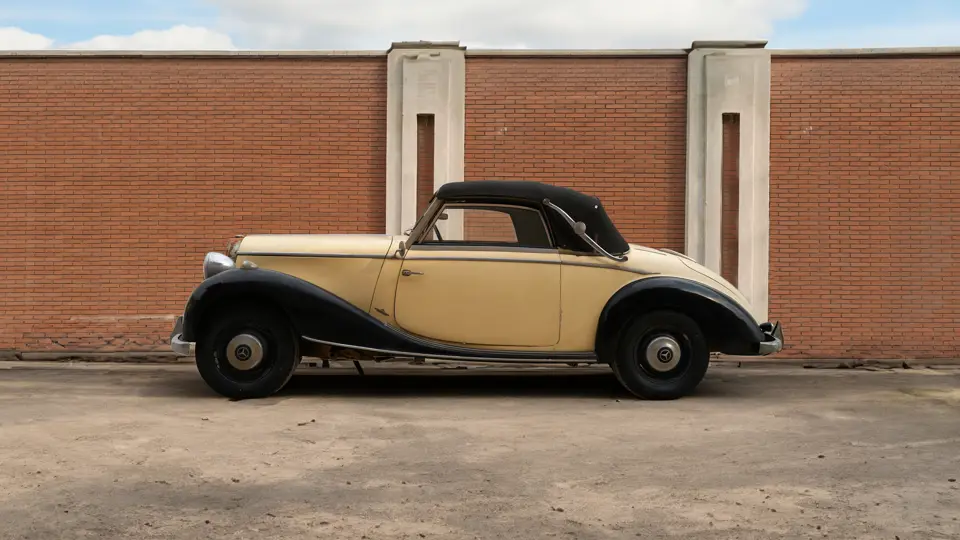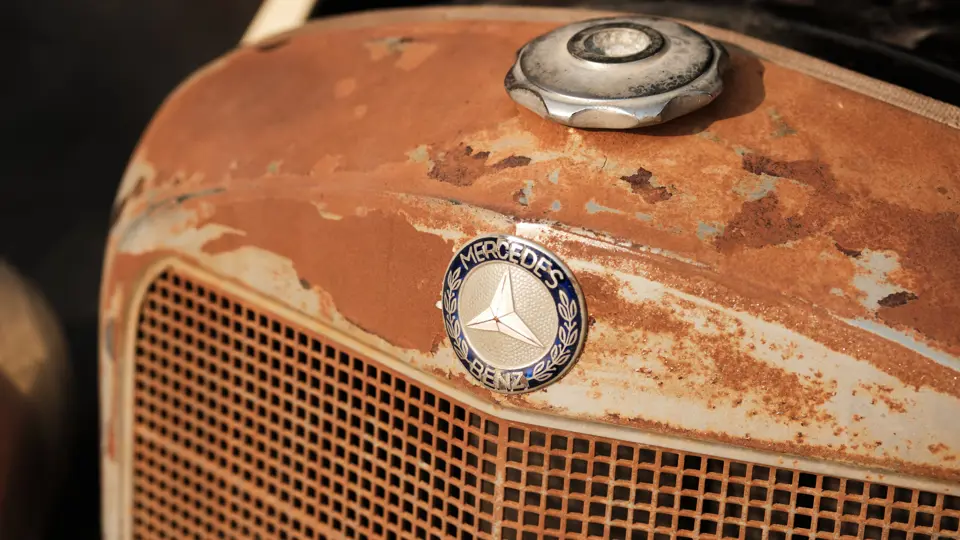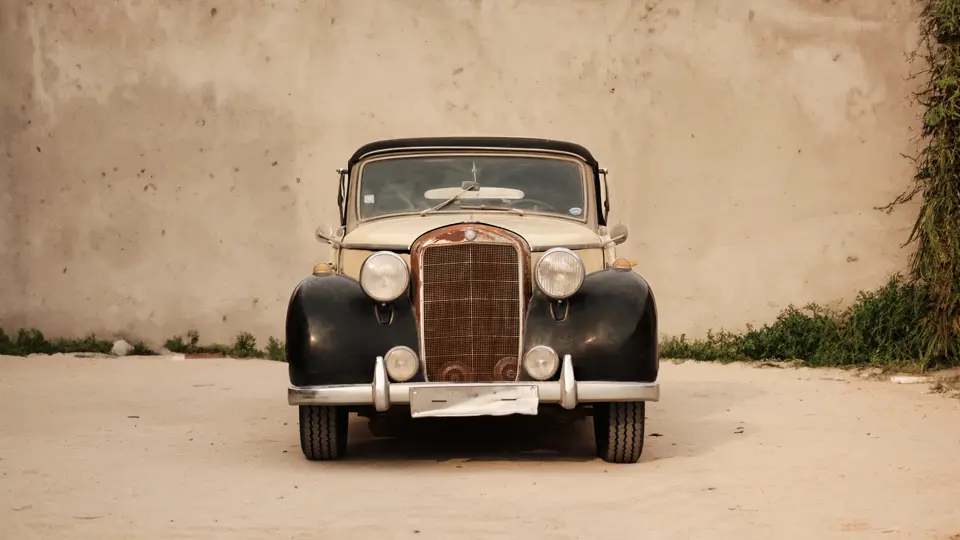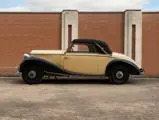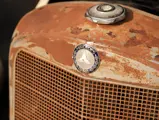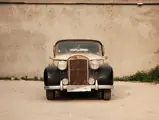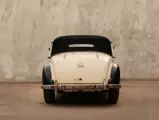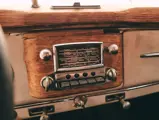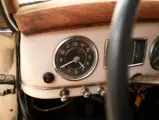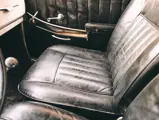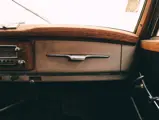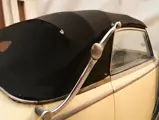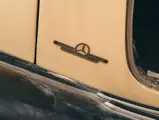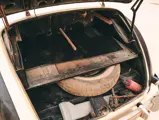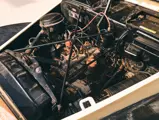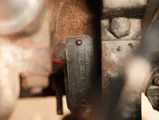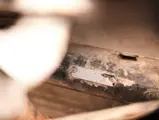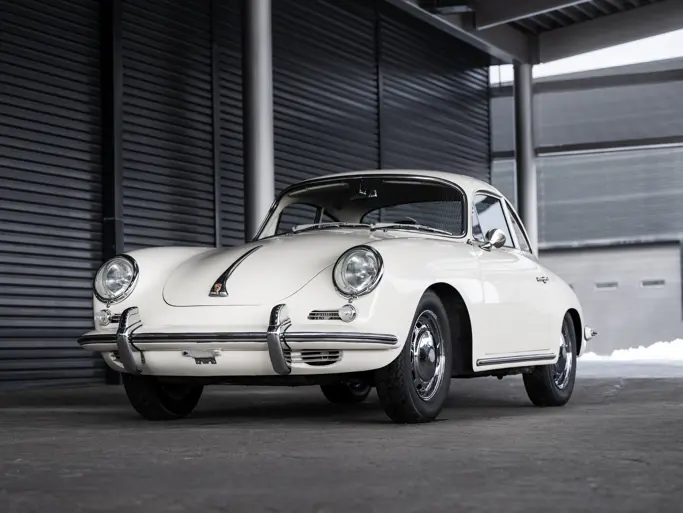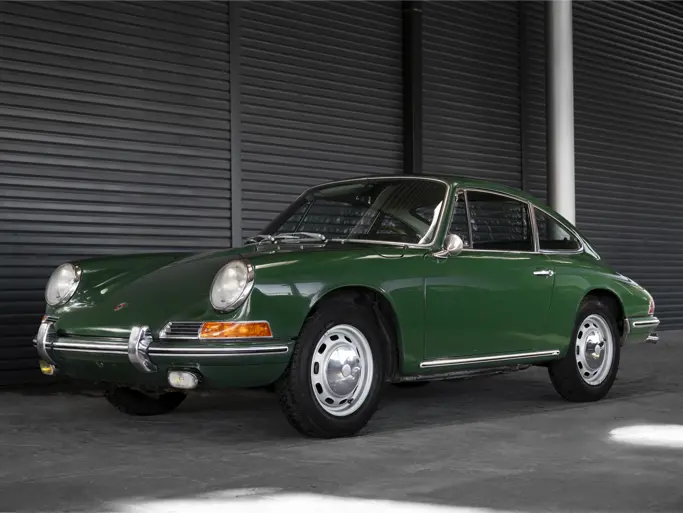
1950 Mercedes-Benz 170 S Cabriolet A
{{lr.item.text}}
€36,800 EUR | Sold
Offered from The 20th Century Collection
{{bidding.lot.reserveStatusFormatted}}
- Offered from The 20th Century Collection
- One of the most desirable styles on this chassis
- Attractive styling, capturing the best of prewar and postwar influences
- A tempting restoration project
Veuillez noter que ce lot est entré dans l'UE sous couvert d'une autorisation d'importation temporaire, qui doit être annulée soit en exportant le lot en dehors de l'UE avec une lettre de débarquement approuvé accompagné des documents douaniers nécessaires, soit en payant la TVA et les droits d'importation applicables pour que le lot reste dans l'UE.
Often dubbed “the original S-Class”, Mercedes-Benz’s 170 S represented achievable luxury, with its six-cylinder engine boosted to 6.5:1 compression for 52 horsepower, competition-inspired double A-arm and coil-spring front suspension, and a four-speed manual gearbox, with synchromesh in all four gears. While it may have lacked the impressive size and technology of today’s S-Class models, it did set the path in that direction, with very comfortable interior fitments and by being both sporty and easy to drive.
Available body styles included the Cabriolet A, which, like many of the 170s, charmingly aped the larger 300 model of the same period, with the chrome beltline trim, handsome rounded rear deck, and curved front wings echoing the 300 S Cabriolet—albeit in scaled-down form. With individual headlamps mounted on the wings, flanking an impressive tall radiator shell, it also boasted a clear heritage back to the company’s glorious pre-war models. In sum, it was, and remains, a beautiful automobile—and as an essentially coachbuilt model, it was scarce, even when new, and remains so today.
The Cabriolet A offered here has been in storage within the current collection for some years. It is finished in an older livery of black and cream, with a black interior and cloth hood. Throughout the finishes exhibit considerable age and patina, in particular to the chrome of the exterior and to the engine compartment. The dashboard contains a clock and impressive Telefünken push-button radio, charmingly preset to numerous European capitals. A chassis tag and stamping are visible on the frame, and the engine appears to be a slightly later replacement unit from a 180 model. Overall, the car represents a fine basis for restoration, perhaps as companion to a 300 S or Sc within its new owner’s collection—and will surely be a pleasure to drive as well as to admire.
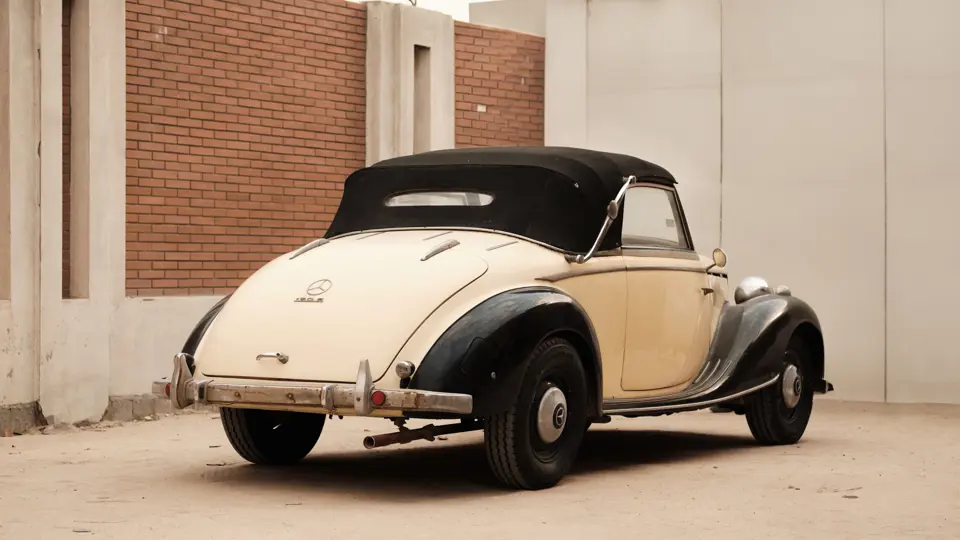
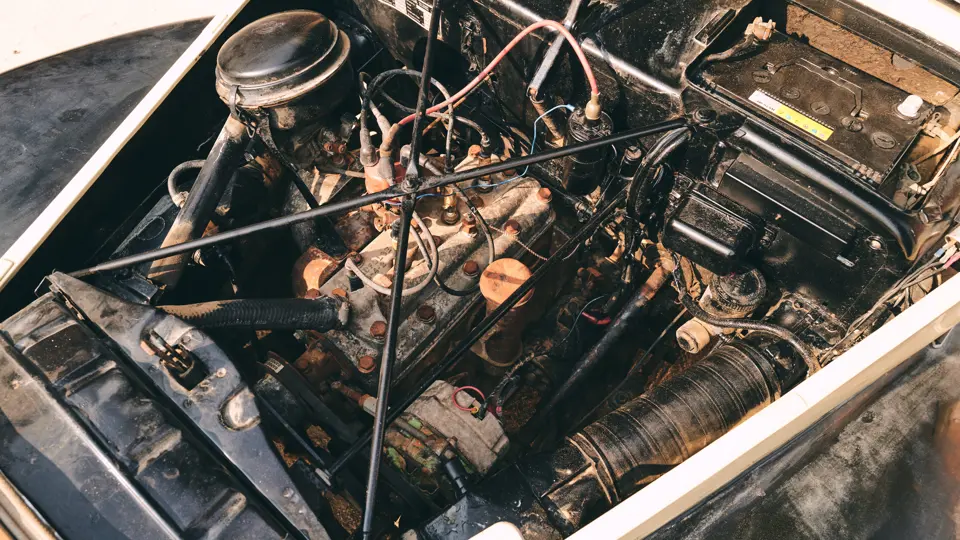


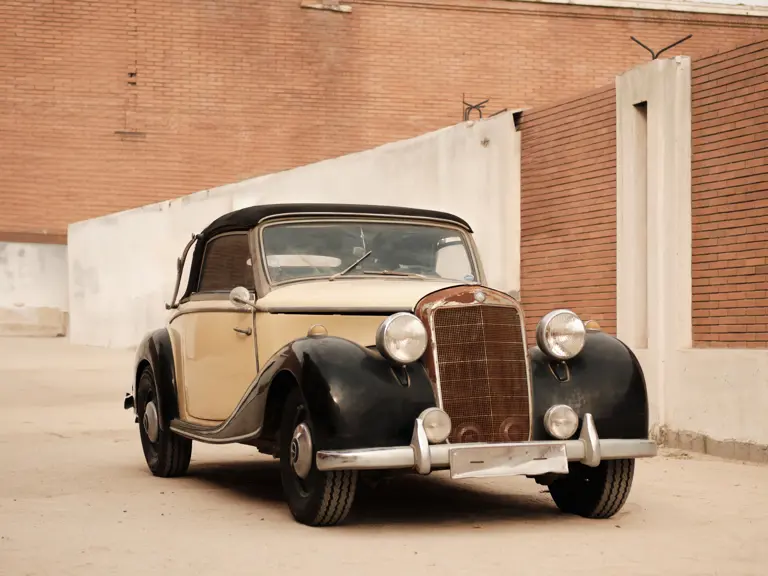
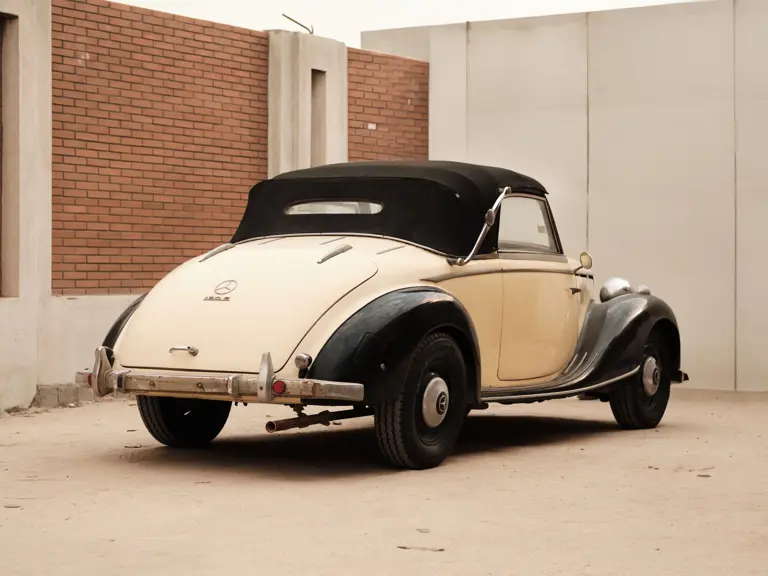
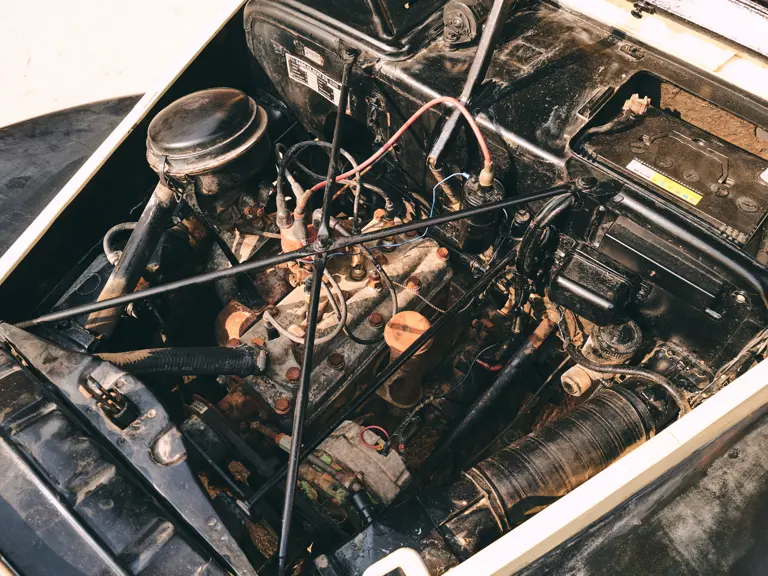
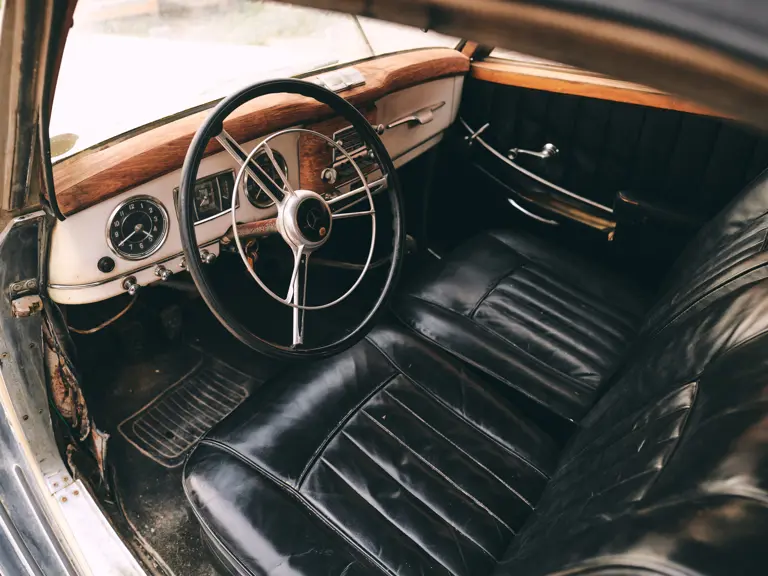
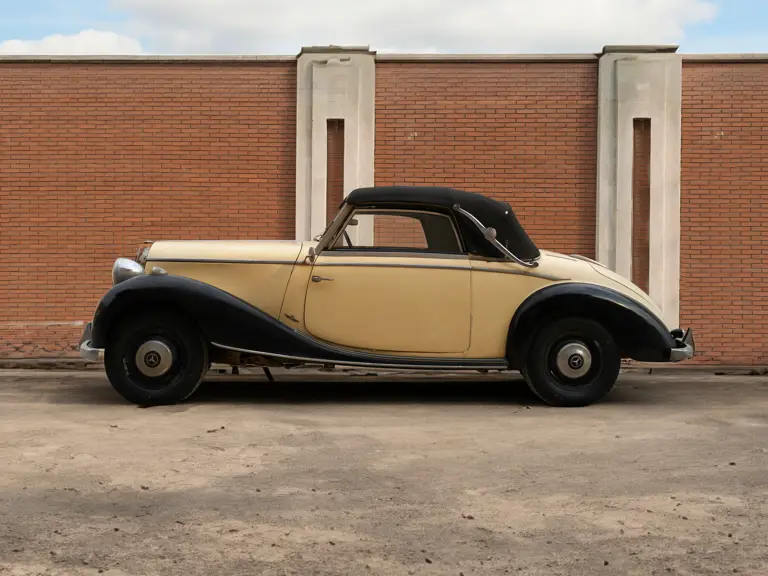
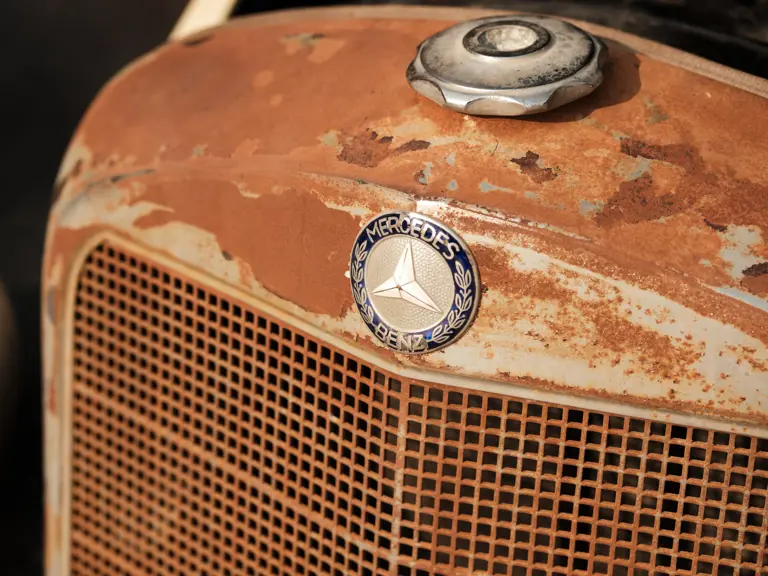
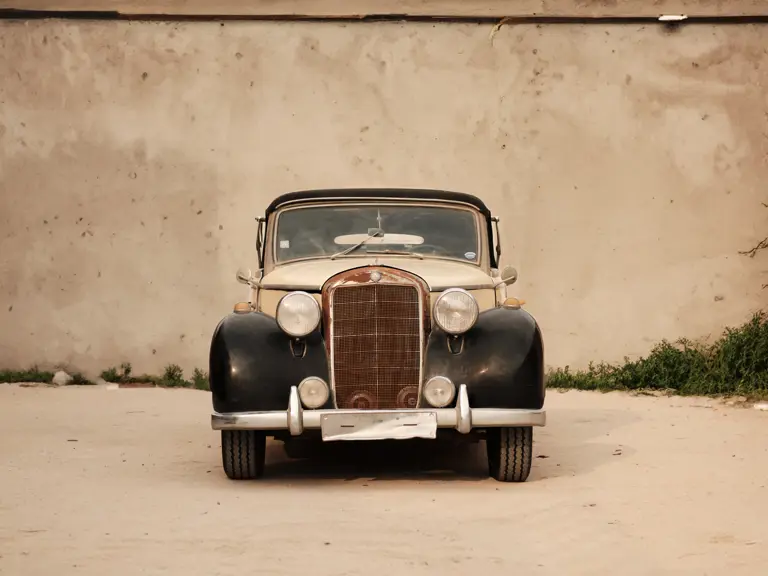
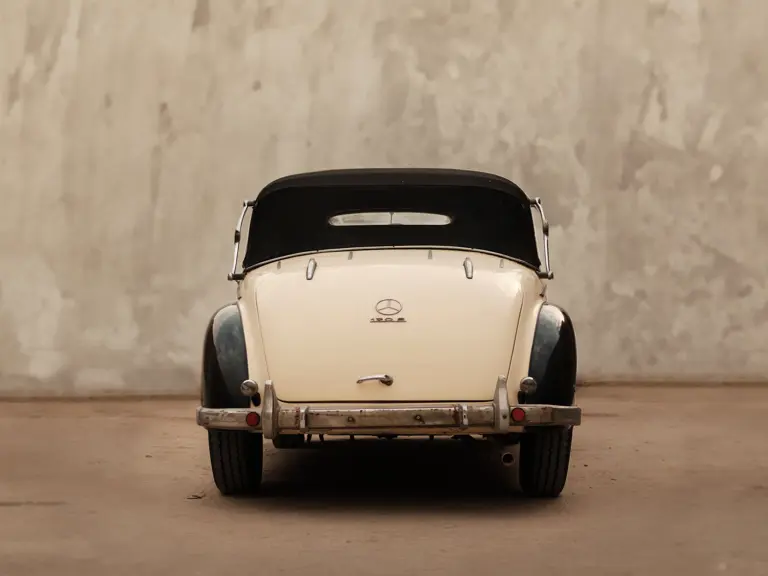
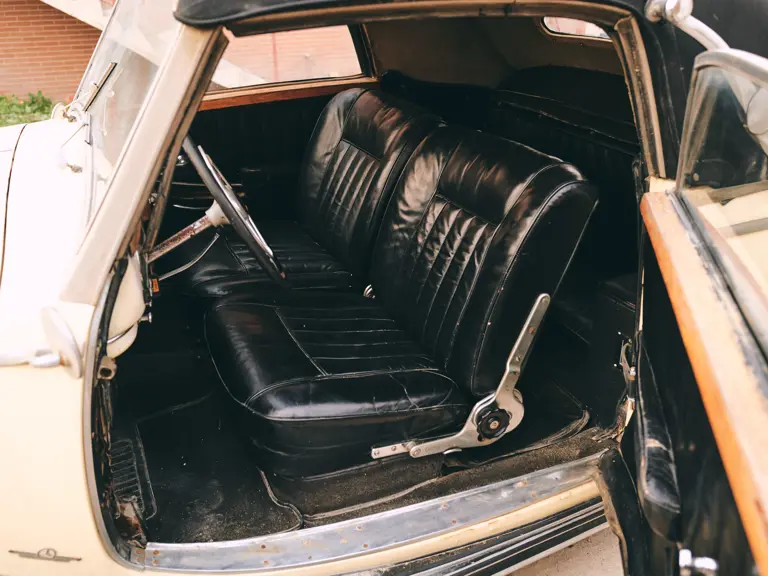

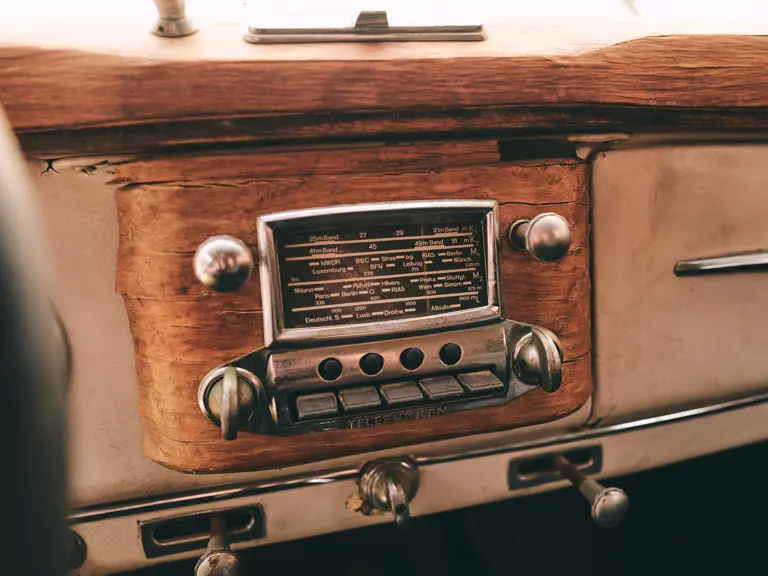
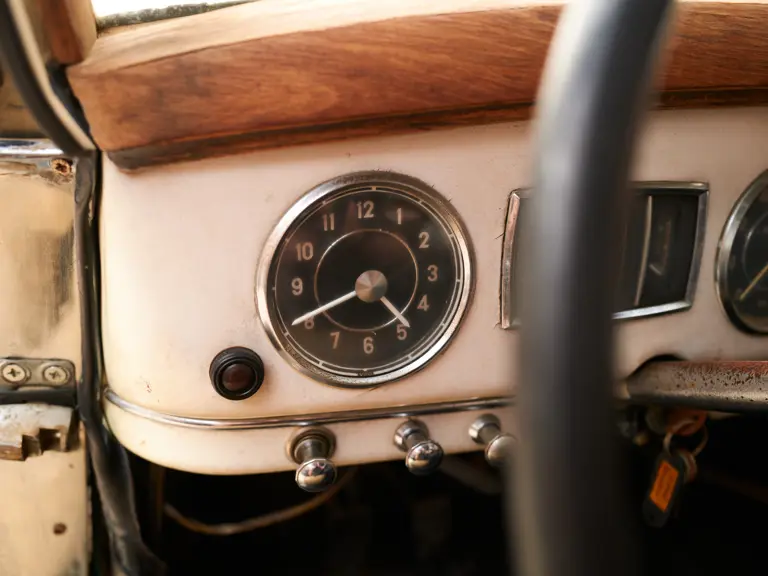
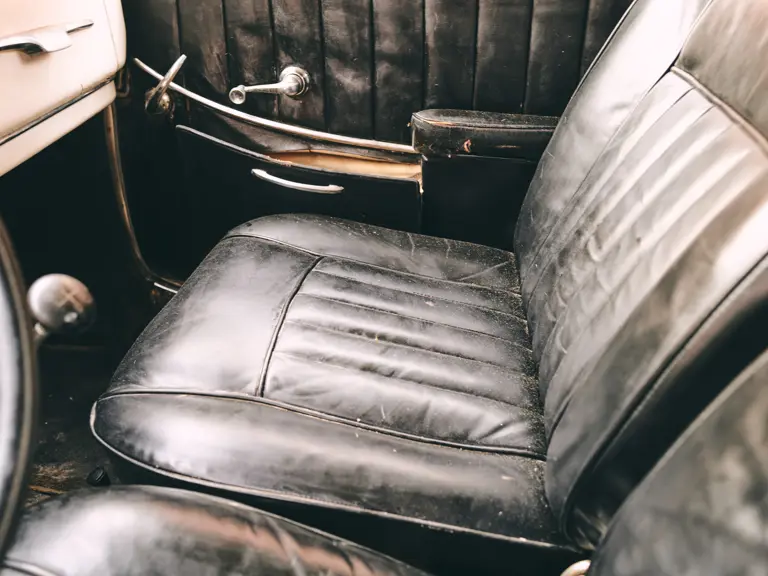


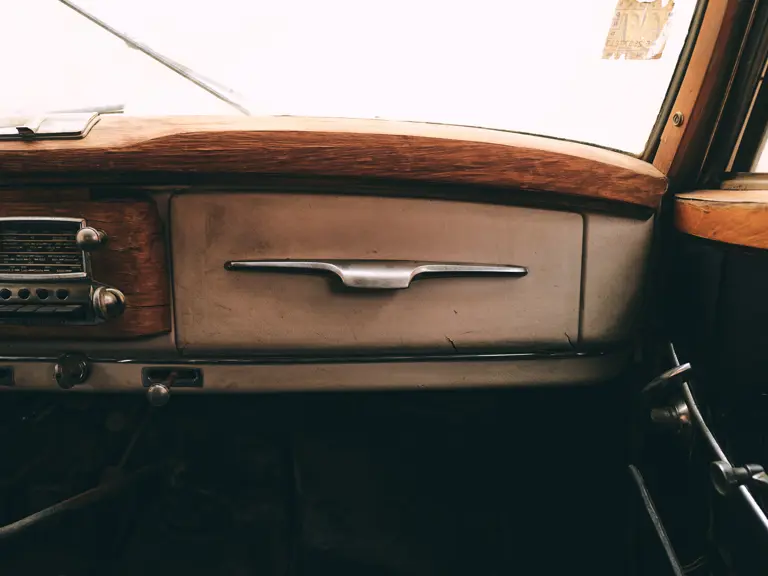
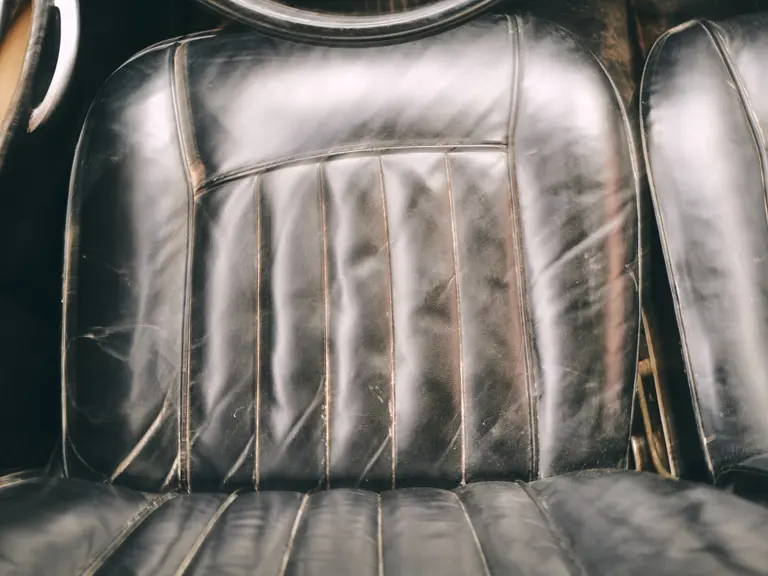
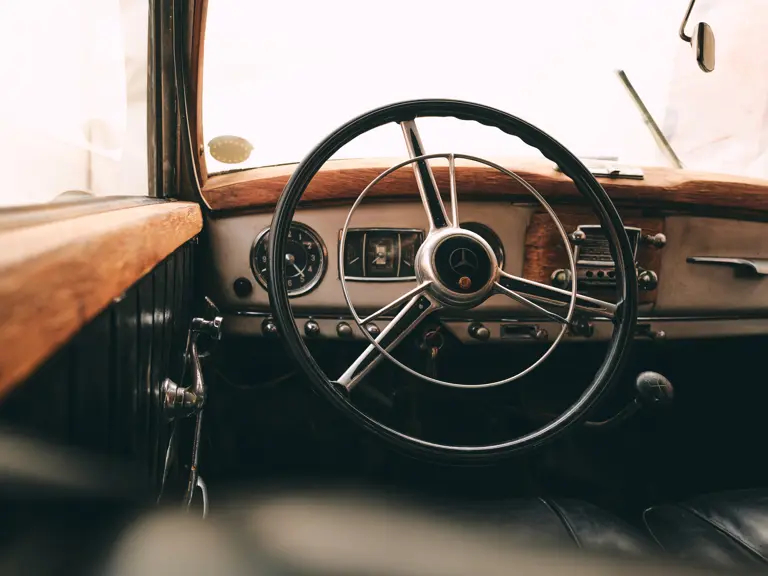
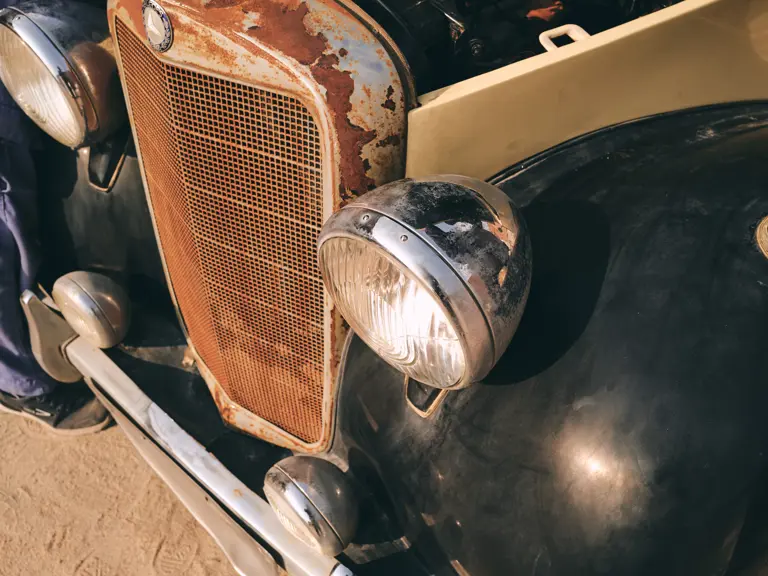
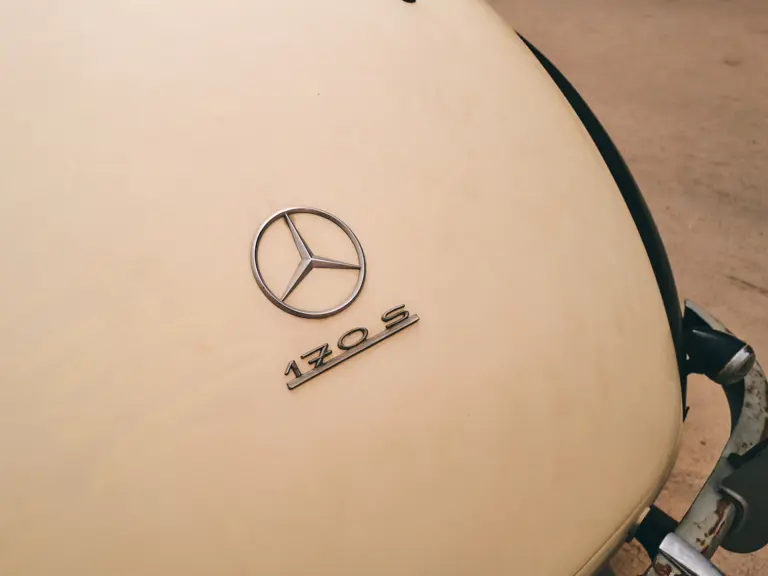
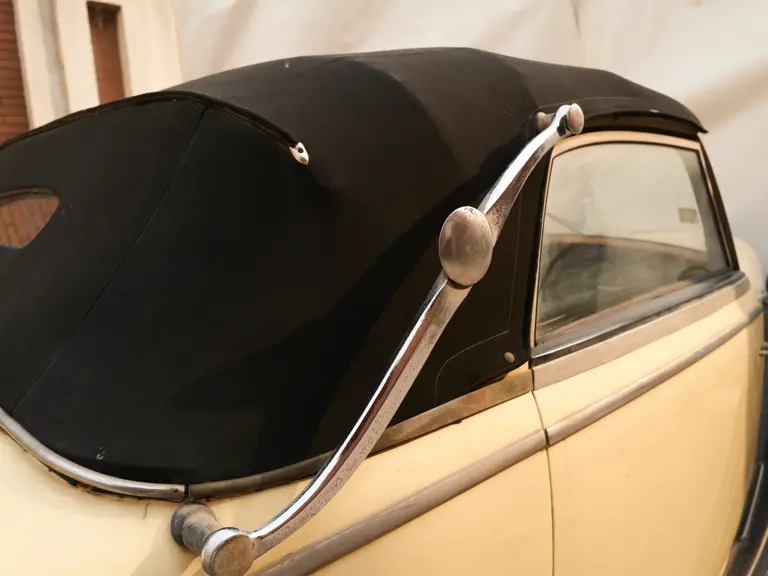
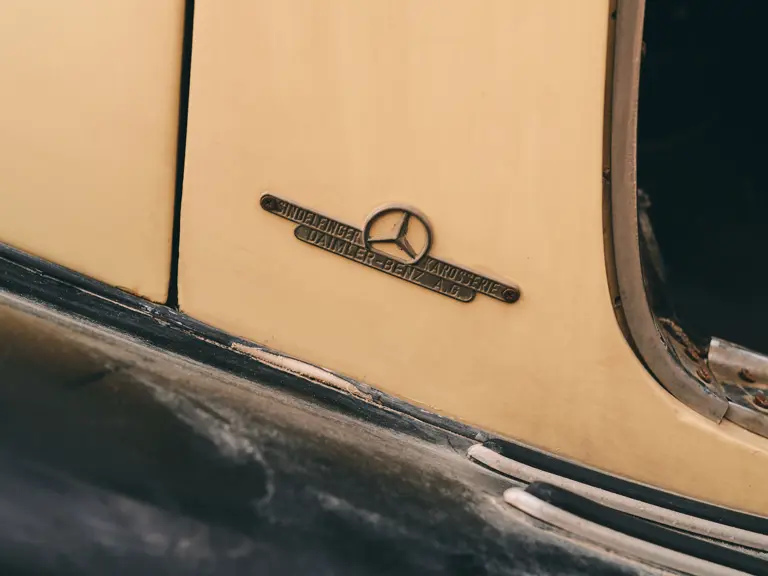
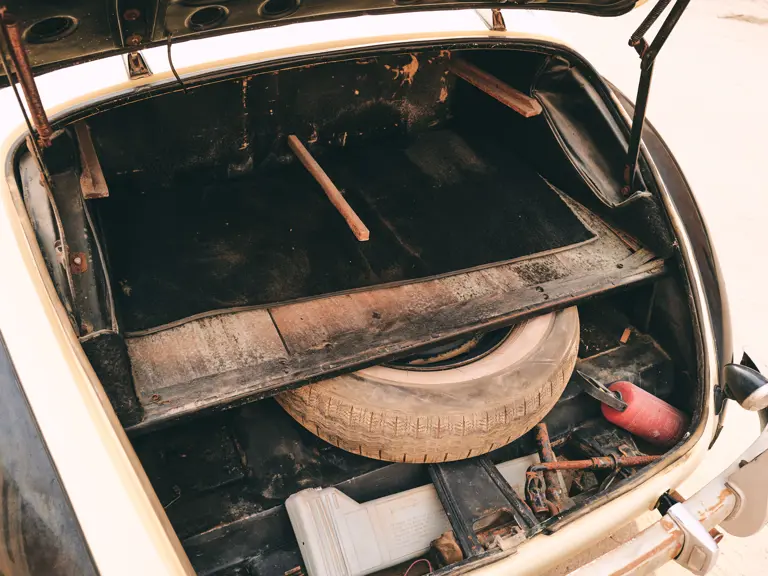

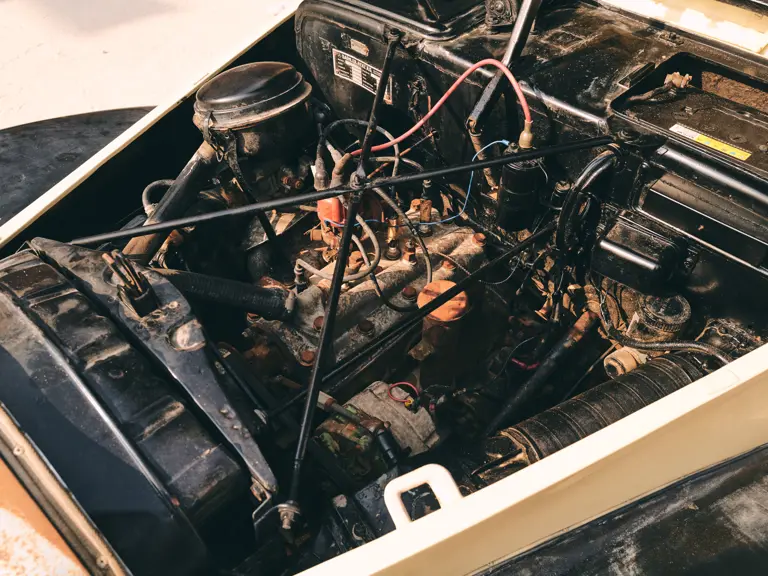

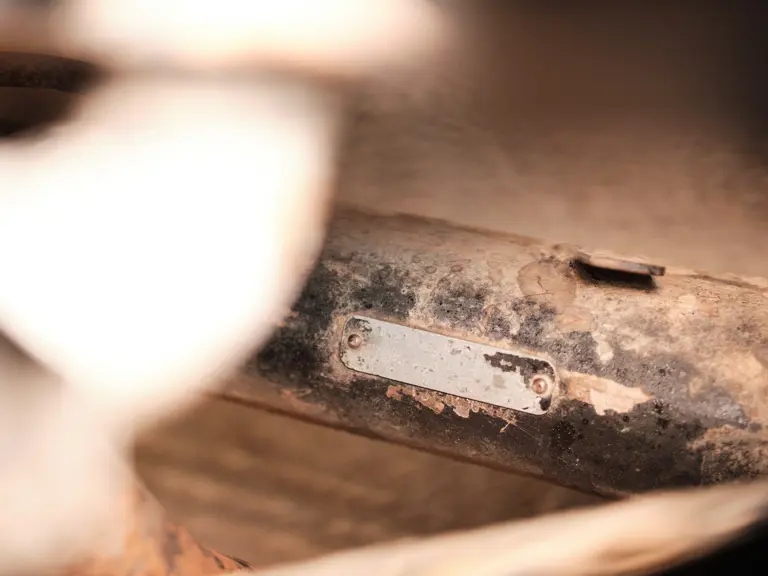
 | Monaco, Monaco
| Monaco, Monaco
